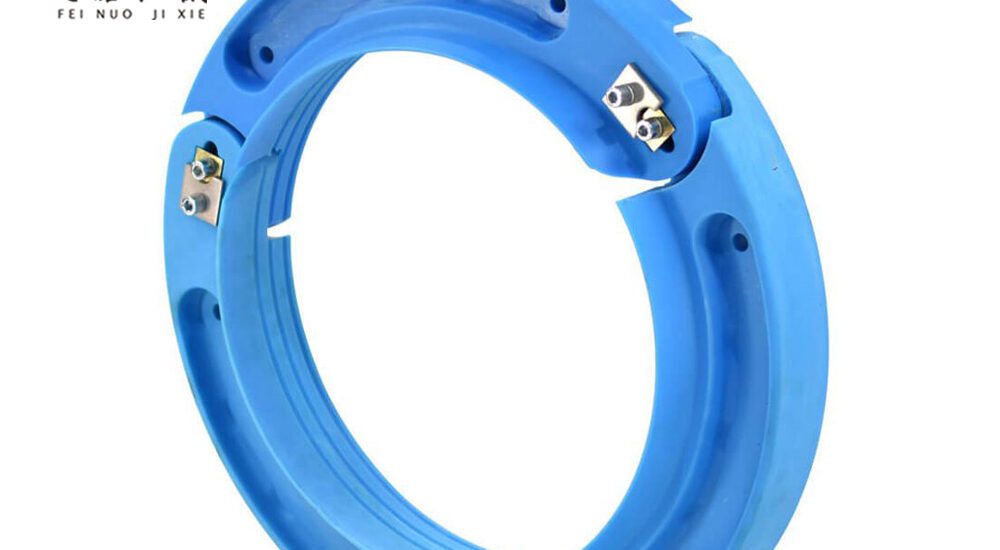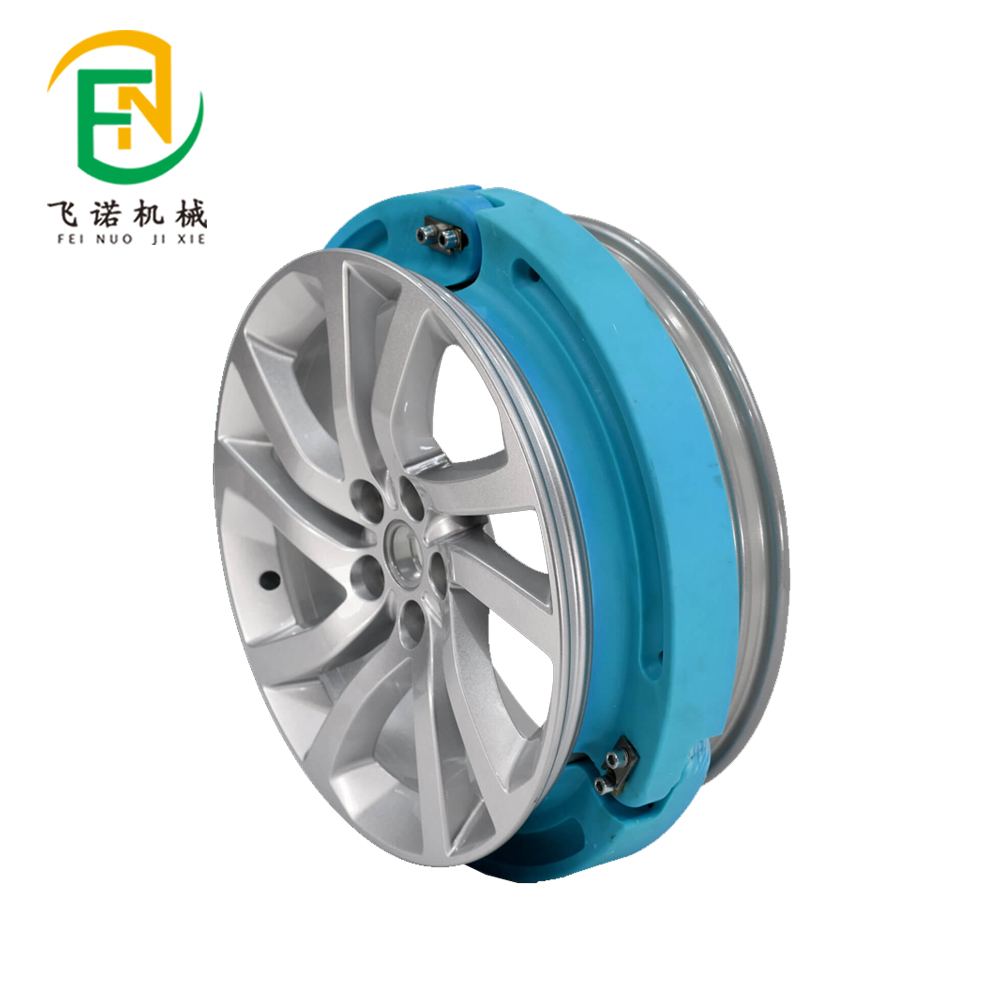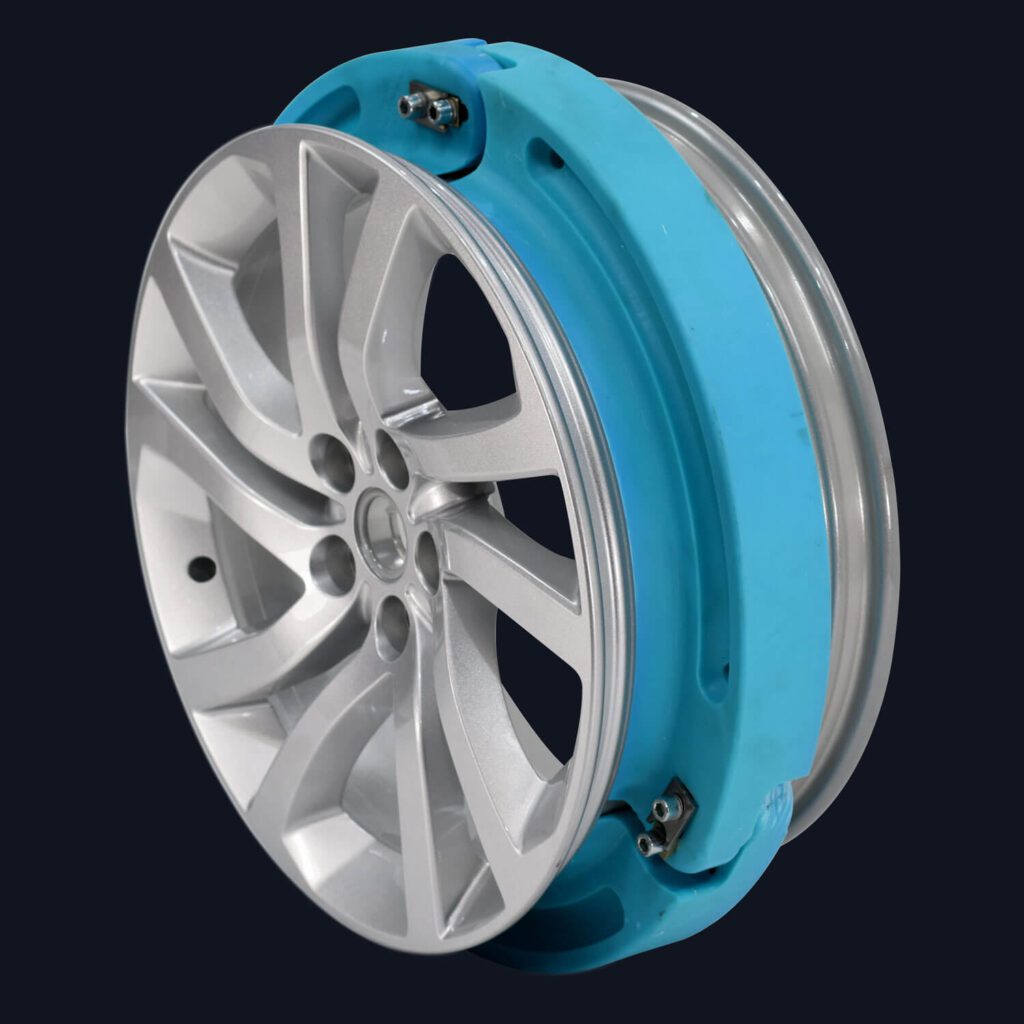- May 12, 2025
- Posted by: feinuojixie
- Category: Injection Molding News


For decades, drivers have depended on traditional tires that, while reliable in everyday use, come with a critical vulnerability—punctures and blowouts. A flat tire can halt your journey, pose serious safety risks, and cost precious time. But what if you could keep driving even after a tire is punctured? That’s exactly what the run flat insert makes possible. As one of the most innovative solutions in modern tire technology, the run flat insert has redefined the standards of safety and convenience on the road. In a world that values reliability, time, and peace of mind, this game-changing component is gaining traction among drivers, fleet operators, and even off-road enthusiasts. In this article, we’ll explore how the run flat insert works, why it matters, and how it’s shaping the future of driving.
What Is a Run Flat Insert and How Does It Work?
A run flat insert is a durable internal component placed inside a pneumatic tire that allows a vehicle to remain operable after the tire has lost air pressure due to a puncture, tear, or blowout. Unlike traditional run-flat tires, which rely on reinforced sidewalls, the run flat insert physically supports the weight of the vehicle when air pressure is lost.
Constructed from high-strength polymer or rubber-based materials, the insert acts as a backup support structure, maintaining the shape and functionality of the tire for a limited distance and speed—typically up to 80 kilometers at speeds under 80 km/h. This gives drivers enough time to safely reach a repair facility or return home, eliminating the need to change a tire roadside or wait for assistance.


The Key Benefits of Using Run Flat Insert
One of the most compelling reasons drivers choose run flat insert is safety. A sudden tire puncture at high speed can be disastrous, but with a run flat insert, the vehicle remains stable and steerable, significantly reducing the risk of an accident.
Beyond safety, convenience is another major advantage. With run flat insert, there’s no need for a spare tire or jack. This frees up space in the trunk and reduces vehicle weight. Drivers also gain peace of mind, knowing they won’t be stranded in dangerous or remote areas. Whether you’re commuting in the city or traveling through countryside roads, the run flat insert provides a level of reliability that traditional tires simply can’t match.
Run Flat Insert vs. Traditional Tire Solutions
When compared to conventional tires or even run-flat tires (RFTs), run flat insert offers unique benefits. Regular tires, once punctured, immediately lose pressure and become unusable. Run-flat tires are built to withstand a loss of air, but their reinforced sidewalls can make them stiffer, affecting ride comfort and handling.
Run flat insert, on the other hand, works within a standard tire and doesn’t compromise ride quality. It adds a layer of resilience without the need to change the entire tire structure. Additionally, while run-flat tires often require special wheels or pressure monitoring systems, run flat insert can be retrofitted to many existing tire setups, making it a more flexible and economical upgrade.
Safety First: How Run Flat Insert Enhances Roadside Confidence
Blowouts can be unpredictable and dangerous, especially on highways where traffic moves at high speeds. Run flat insert minimizes this risk by ensuring that even if a tire is punctured, the driver retains full control over the vehicle. This added control reduces the likelihood of swerving, fishtailing, or losing traction—common outcomes of tire failure.
This is particularly important in adverse weather conditions. On wet, icy, or gravel roads, a sudden flat could otherwise lead to a dangerous loss of control. Run flat insert provides the critical stability needed to safely decelerate and steer to a safe location.
Cost-Efficiency and Long-Term Value of Run Flat Insert
At first glance, investing in run flat insert may seem costly. However, its long-term savings are substantial. By reducing the frequency and severity of tire damage, the insert extends the usable life of your tires. It also eliminates the need for spare tires, tire-changing tools, and, in many cases, emergency roadside services.
Fleet operators especially benefit from run flat insert, as fewer tire failures mean less downtime, lower maintenance costs, and improved operational efficiency. Over the lifetime of a vehicle, the investment in this technology pays for itself through reduced disruptions and improved safety.
Performance in Harsh Conditions: Run Flat Insert for Off-Road and Adventure Vehicles
For off-road adventurers, military vehicles, or commercial trucks traveling in remote or undeveloped areas, tire durability is critical. Run flat insert excels in such environments. Its robust construction handles rugged terrain, sharp rocks, and extreme weather conditions that would quickly disable a traditional tire.
Even in environments where help is hours away, the insert ensures drivers can keep moving toward their destination. This makes it an indispensable tool not only for recreational off-roading but also for agricultural, construction, and mining vehicles operating in demanding terrains.
Installation and Compatibility: Can Any Vehicle Use a Run Flat Insert?
One of the key advantages of run flat insert is its adaptability. Many models are designed to fit within standard wheel and tire assemblies, allowing for retrofitting without needing major modifications to the vehicle. That said, compatibility depends on tire size and wheel design, so it’s important to consult with a professional installer.
The installation process typically involves removing the tire, placing the insert inside the cavity, and reseating the tire. Once installed, it works seamlessly without requiring daily attention or special monitoring systems. Some inserts are reusable and can be transferred when new tires are installed, further extending their value.


User Experiences: Real Stories from Drivers Who Switched to Run Flat Insert
Drivers who have made the switch to run flat insert often share similar sentiments—relief, confidence, and satisfaction. A delivery driver in rural Australia, for instance, reported avoiding a major delay thanks to the insert after driving over a sharp nail 60 km from the nearest town. Another commuter in an urban area praised the product for helping her reach home safely during a late-night puncture without needing to call a tow truck.
These real-world stories highlight the practical impact of run flat insert. For many users, it’s not just a feature—it’s a silent safety partner that protects them daily.
The Future of Mobility: Why Run Flat Insert Is More Than a Trend
As vehicles become more advanced, the need for smarter and safer tire solutions grows. Electric vehicles (EVs), for example, often forgo spare tires to save weight and maximize space—making run flat insert an ideal companion. Likewise, autonomous vehicles will require fail-safes that allow them to safely reach a destination even after unexpected tire issues.
In this context, run flat insert is more than just an accessory—it’s a crucial component of the future mobility ecosystem. As manufacturers and drivers alike prioritize safety, efficiency, and reliability, technologies like run flat insert will become standard rather than optional.
Conclusion
Run flat insert is revolutionizing the way we think about tires. By offering a blend of safety, convenience, and adaptability, it empowers drivers to face the road with greater confidence—no matter the conditions. Whether you’re navigating city traffic or exploring off-road trails, this game-changing innovation ensures your ride is never cut short by a flat tire. It’s time to say goodbye to roadside repairs and hello to a smarter, safer journey.
